Precision Therapy Defined
The Humero Tech C1 is not just another strength and conditioning device. Devices like that are a dime a dozen and offer next to no benefit from one device to the next. Rather, the Humero Tech C1 has established itself as the pinnacle of innovative precision therapy. It not only offers an unparalleled level of quantifiable data for joint and muscle movement but also serves as the first of its kind, consistent, omnidirectional, and multiplanar resistance device. Able to train, load, and assess the shoulder like nothing before it.
The Humero Tech C1 sets the standard as THE shoulder rehabilitation device/equipment that offers a cloud based software enabling medical professionals to remotely monitor a patient’s use of the Humero Tech C1.
'The right load, for the right patient, at the right time of rehabilitation!' After all, we are in the 21st century, aren’t we?
We purposefully built the Humero Tech C1 not to be just another strength-assessing piece of equipment.
Our mission was clear …
… And we delivered!
Decisions Driven by Data
As Clinical Practice Guidelines change, and it becomes evident that MMT is no longer enough, The Humero Tech C1 is ready to rise to the occasion.
Whether you are determining the dynamic strength of a specific shoulder motion or exercise, completed by date, or want to show your patients and referring physicians that you are innovative in how you are treating patients, the C1 is up for the challenge.
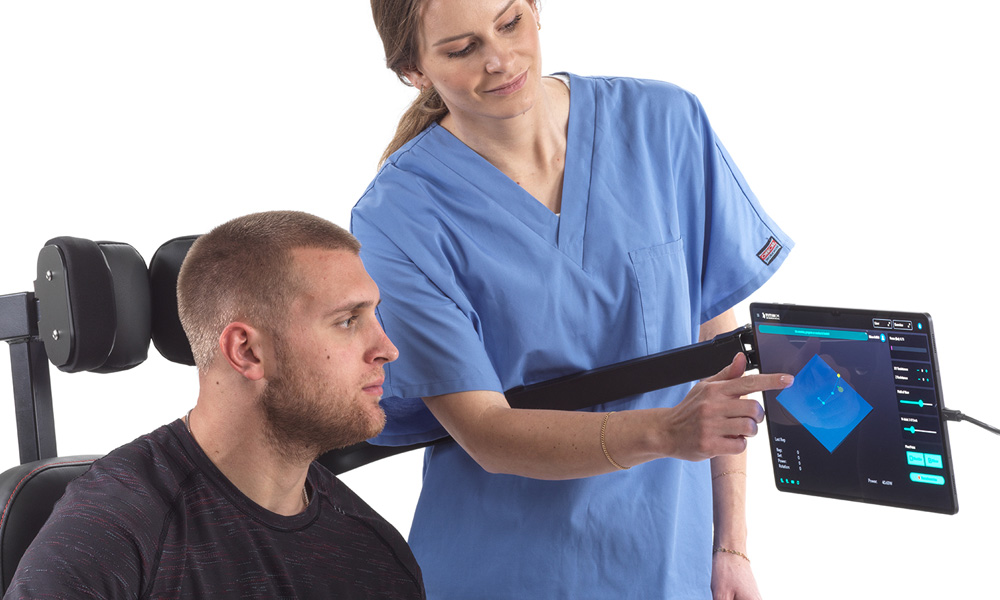
Live Movement Tracking
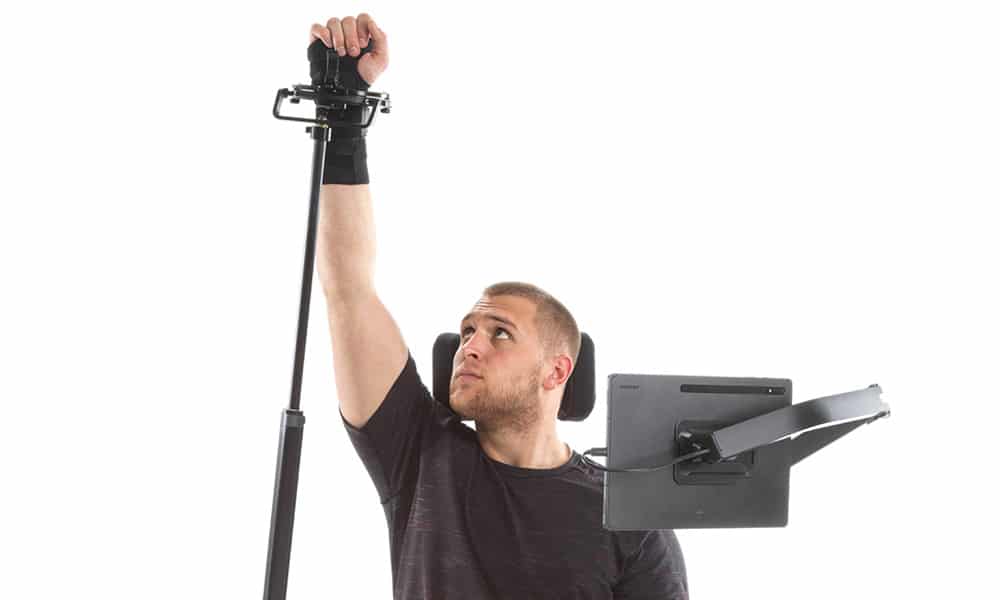
Strength Redefined
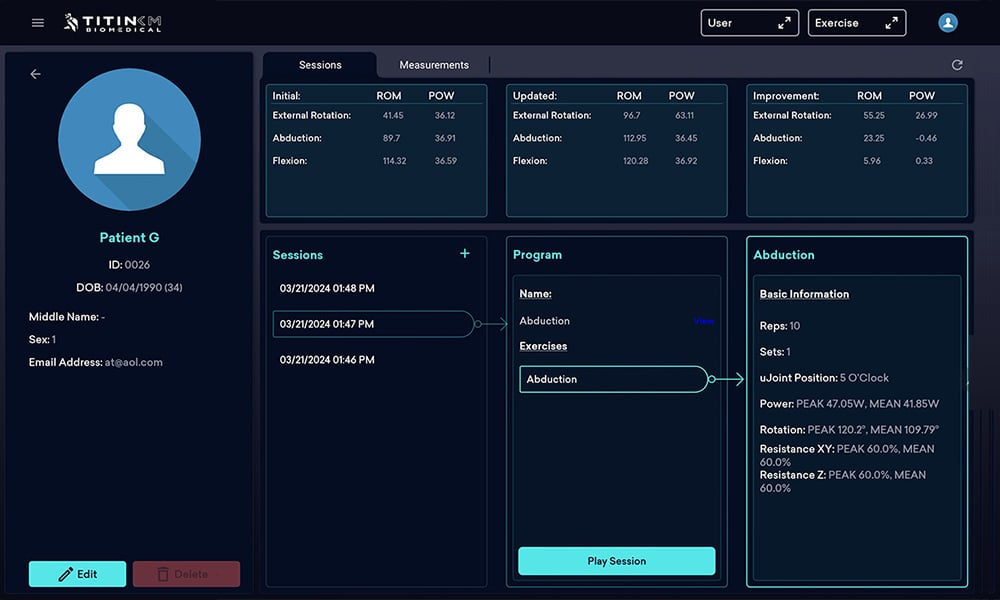
Record Keeping
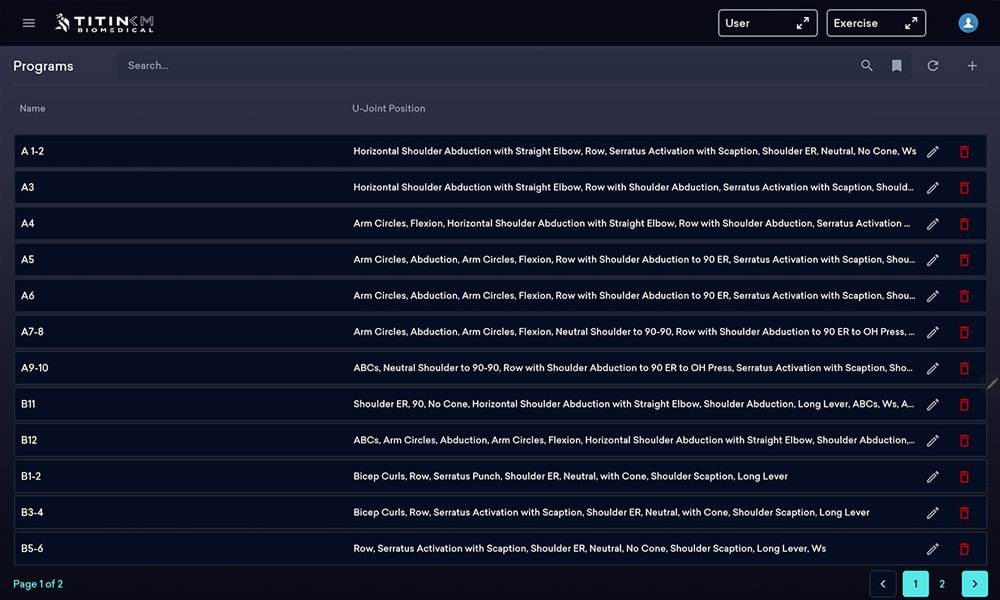
Abundant Exercise Selection
Take Shoulder Rehabilitation and Performance to the Next Level
Sensors
- Provide real time and actionable data regarding in the moment user performance/progress, as well as long term insights into progression/regression.
- Ability to quantify shoulder function at a granular level – beyond that of human perception
- Data ranging from force production, to power, to velocity and more allow providers to precisely control the load and application of an exercise on a patient. Access to this level of data can only help improve clinical decisions, outcomes, and recovery.
Live Movement Tracking
- See visual representation of a user’s motion in real time on the screen.
- Set on screen targets to prompt precise movements and control motion
Resistance Training
- Patented Omni-Directional resistance – Truly isotonic/concentric resistance applied constantly and consistently against any direction a user moves. Imagine being in a pool of water and moving your arm, this is similar to how the resistance of the C1 functions.
- No longer gravity and position dependent
- Onboard catalog of exercises and ability to create custom exercises and programs for ease of us and efficiency
What this means for various audiences
-
Physical Therapists
Easily track the effects your POC is having on patients and make live adjustments to ensure precisely targeting exercises and improved outcomes -
Ortho Physicians
Be included in the recovery phase more effortlessly and see the success your surgeries and patients are experiencing -
Athletic Trainers
Have real, actionable data to not only keep players on the field but help get them back to the field more quickly and safely -
Ortho Device Manufacturers
Gather large volumes of data pertaining to the success of various implantables after surgery and their functional progression -
Patients/Athletes
Gain a sense of control over your training and recovery with easily interpreted data showing where you are at and where you are going
Unprecedented UI/UX Graphics Samples
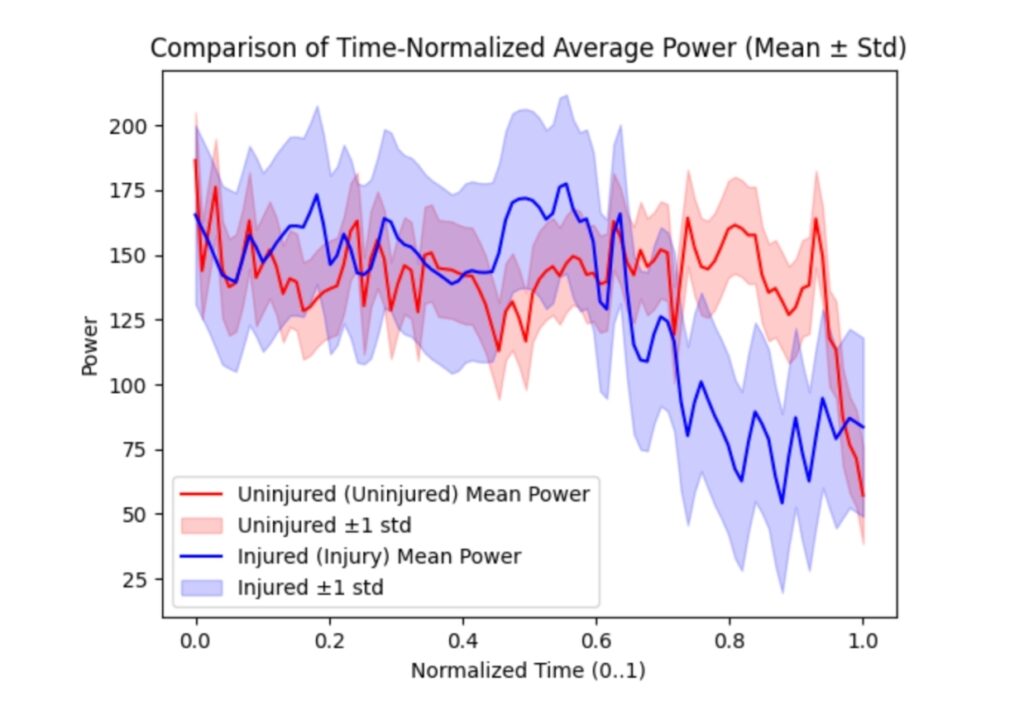
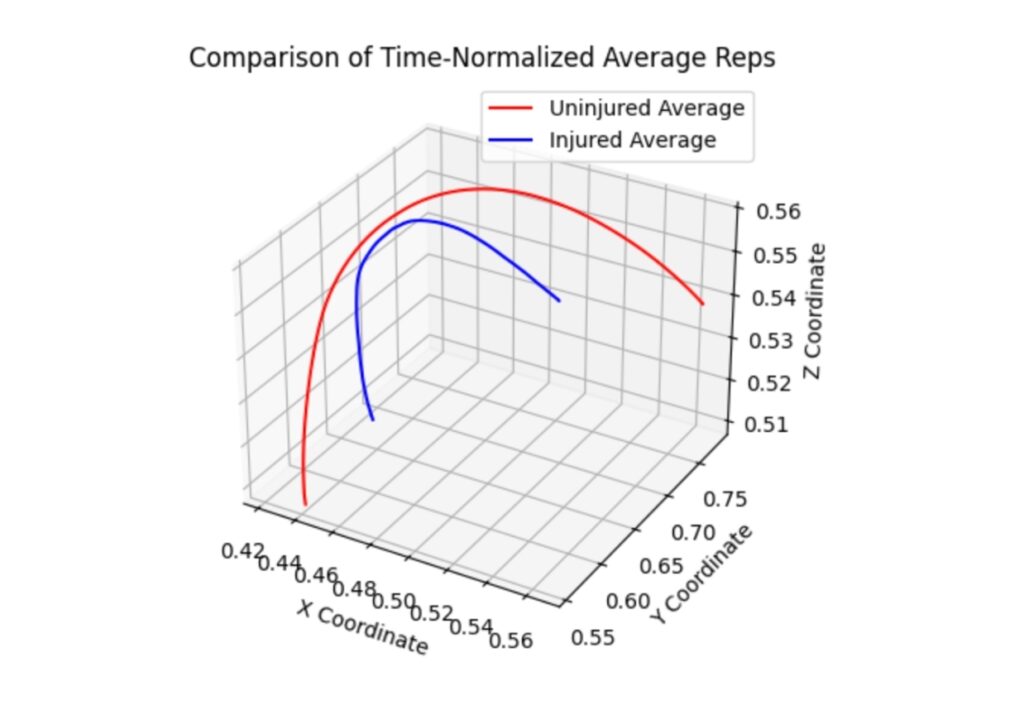
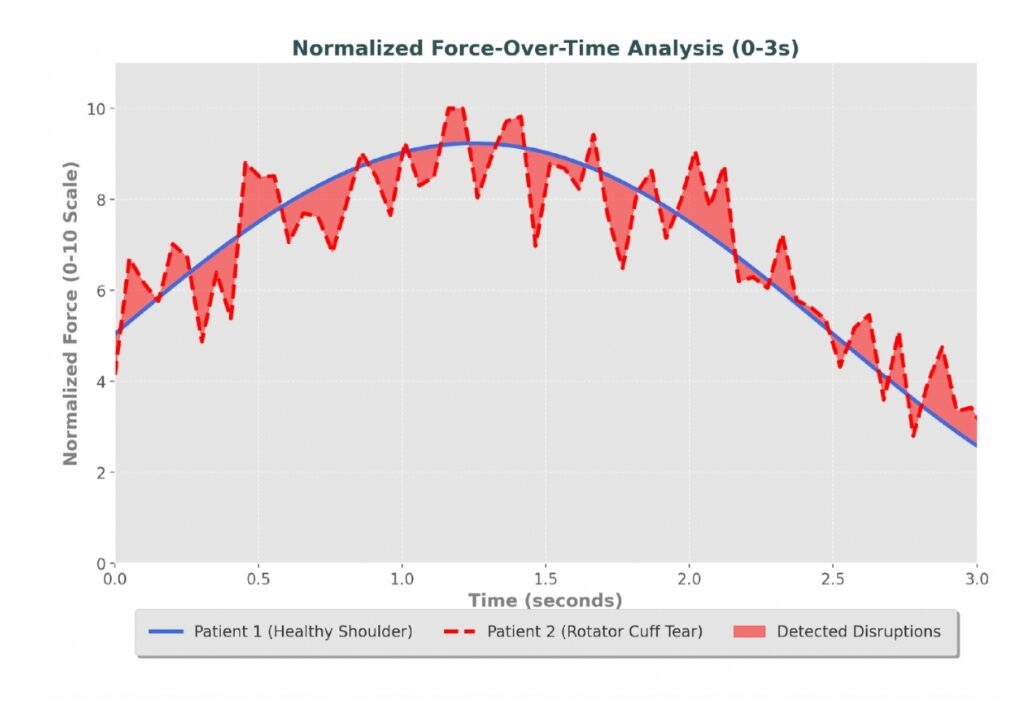
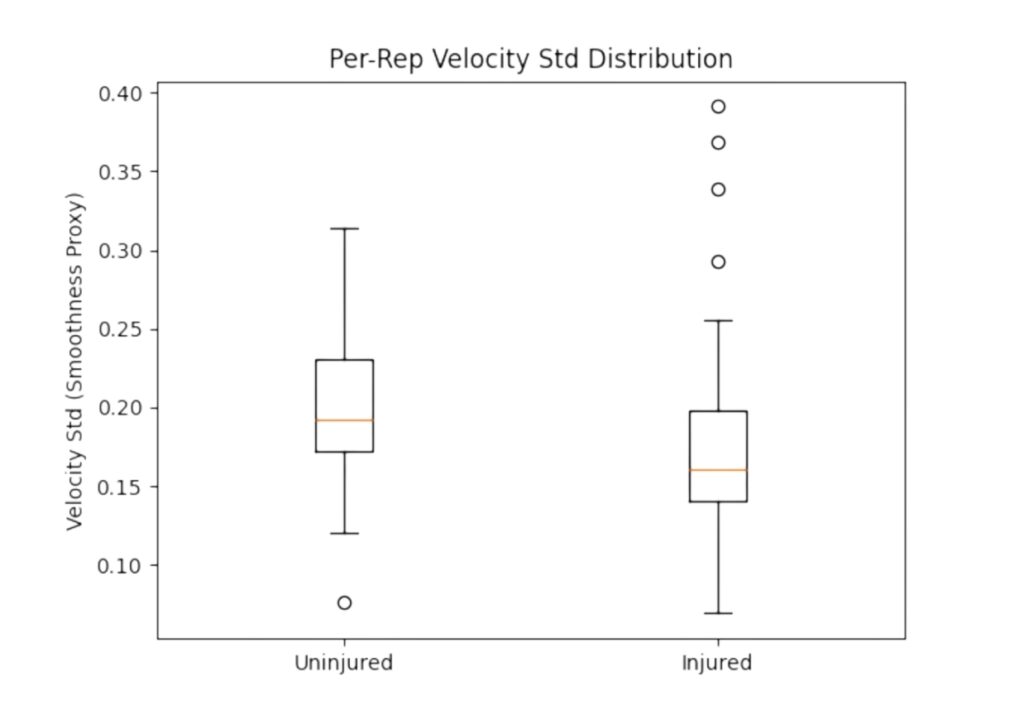
Advanced Technology for Shoulder Rehabilitation and Performance
Humero Tech C1
- Easily Adjustable Positioning
- Bilateral Use
- Shoulder Complex Specific Design
- Multiplanar Resistance and Exercise Completion
- Expansive Range of Motion Capabilities
- Live Motion Tracking
- Define Dynamic Strength
- Custom Software Application
- Exercise and Program Banks
- Portable Design
- User Profiles